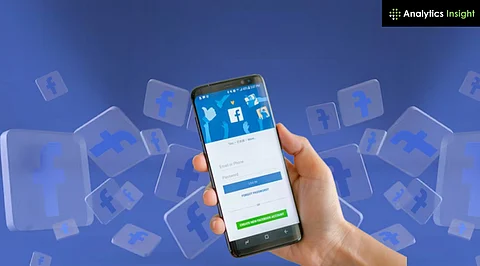

Recognize warning signs like suspicious logins, changed settings or unauthorized posts.
Enable two-factor authentication and avoid phishing links for stronger security.
Take action immediately if access is lost by using Facebook’s recovery tools.
Social media plays a huge role in our daily lives, connecting people and businesses worldwide. However, it also opens doors for cybercriminals. One major threat is Facebook account hacking, which can lead to identity theft, scams, and impersonation. With billions of users, Facebook is a prime target for hackers. The good news is that being aware of digital best practices can significantly reduce the risk of account hijacking.
Hijacking of a Facebook account is the process by which an assailant gains illegal access to another user. Once inside, they can shut out the proper owner, alter settings, send false messages, publish rude or deceptive information, or even modify. These invasions can cause financial loss, tarnished reputations, and invasions of privacy.
Early detection of a hacked account helps to reduce harm. Look for these cautions:
Unknown login behaviour from different devices or locations
Notifications regarding changes you made to your password or email
Notes or postings you cannot identify
Being suddenly logged off from your account
Facebook flags changes you did not start
Usually indicating that someone else has access to your account, these indicators call for rapid action.
Knowing the most often used attack techniques enables users to better defend themselves:
Scams in phishing: Users of phony emails or pages mimicking Facebook's login screen are driven into providing their credentials.
Simple or repeated passwords help attackers more easily guess or utilise brute-force methods.
Malware: Devices that have been compromised can capture keystrokes, therefore providing login information for hackers.
Data Breaches: Your Facebook account might potentially be at risk if you reuse passwords on several websites, and one of them is hacked.
Connecting outside apps with extensive rights can occasionally reveal passwords or personal information.
Also read: Top Facebook Groups to Help You Land Your Dream Job
Securing your account calls for certain sensible, persistent actions rather than sophisticated tech knowledge:
Turn on 2FA from Facebook's Security Settings. Every time someone signs in from a different device, this adds a second verification step, usually a code sent to your phone.
Avoid dictionary words, birthdays, or common names. Use complex combinations of letters, numbers, and symbols. Never reuse passwords from other accounts.
Unless you have started them, avoid following links delivered by email or Messenger related to login or password-reset. Many times, hackers utilise these to guide victims to phoney websites.
Under Settings > Security and Login, you can check where your account is currently active. If you see unknown devices, log out immediately.
Make sure your email address and phone number are current and accessible. These are essential for account recovery.
Go to Settings > Apps and Websites and remove third-party apps you no longer use or trust.
If you suspect your Facebook account has been compromised, act quickly:
Visit facebook.com/hacked and follow the guided steps to secure your account.
Reset your password immediately to stop ongoing access.
Log out of suspicious sessions from your account settings.
Notify Facebook and report any fraudulent messages or posts.
Warn friends and contacts in case they receive strange links or messages.
Check app connections and recent account changes.
Though it is not inevitable, Facebook account hijacking is a rising issue. Users may remain safe against most risks by being vigilant and applying two-factor authentication, safe passwords, and login monitoring.
The secret is awareness: identify the warning signals, respond quickly if something appears off, and start preventative action. Social media needs to empower rather than expose. Keep it safe, remain safe, and guard your digital identity.
Also read: YouTube vs. Facebook Watch: Which is the Best Place to Share Your Content?
